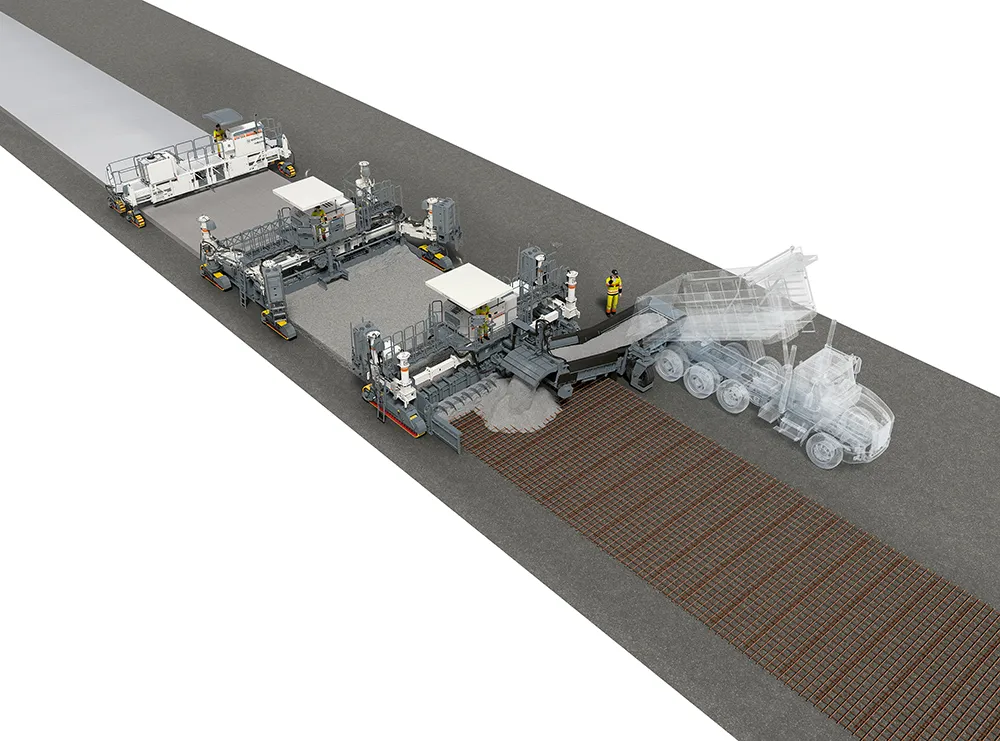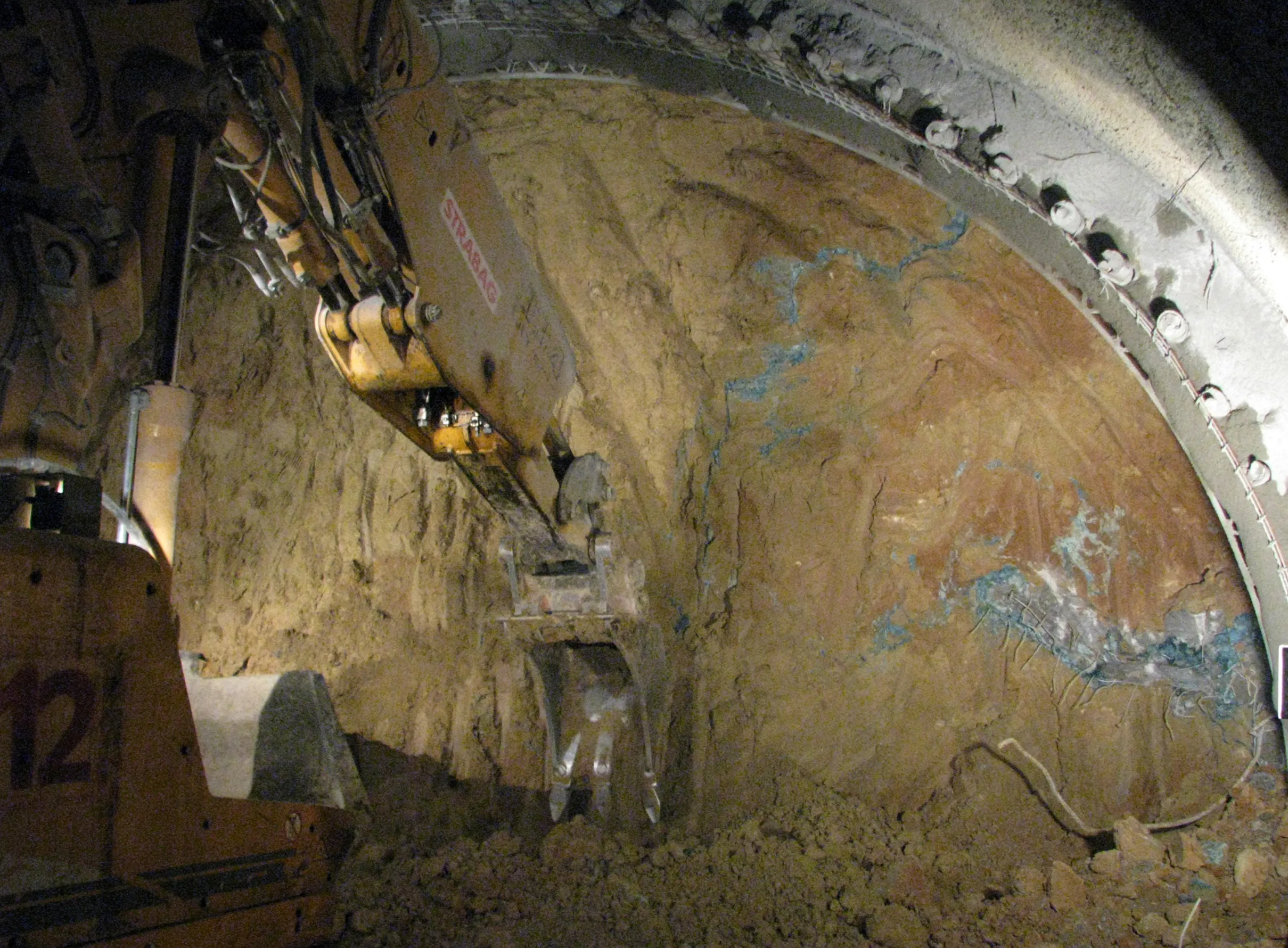
The tool drills vertical holes for the pins used to secure temporary concrete traffic barriers.
The introduction of Minnich’s concrete barrier wall drill comes just as US states move towards requiring temporary barriers to be pinned, according to Todd Jurjevic, director of sales at Minnich Manufacturing. “The new drill saves contractors significant time and cost and promotes safety by eliminating the need to hand-drill pin holes on the traffic side of the barrier.”
Additionally, the tethered controller removes the operator from excess debris and dust. Minnich claims that on one Illinois highway construction project, the contractor realised 35% time savings, nearly 20% labour and equipment cost savings and around 30% bit cost savings compared to a three-person crew using high-powered rotary hand drills. The contractor also reported that the accuracy and consistency of the holes drilled by the Minnich drill made pin removal significantly easier. Hand drilling can result in inconsistent holes with varying angles, making pin removal a challenge.
Minnich can customise the drill to fit F-shape barriers, Jersey barriers or any other barrier wall profile. Drill spacing and hole-depth of the drill are fully adjustable. The unit can be easily moved with a forklift and loaded onto the wall with a backhoe or service crane.








